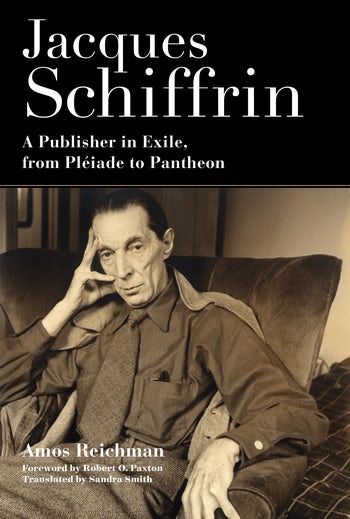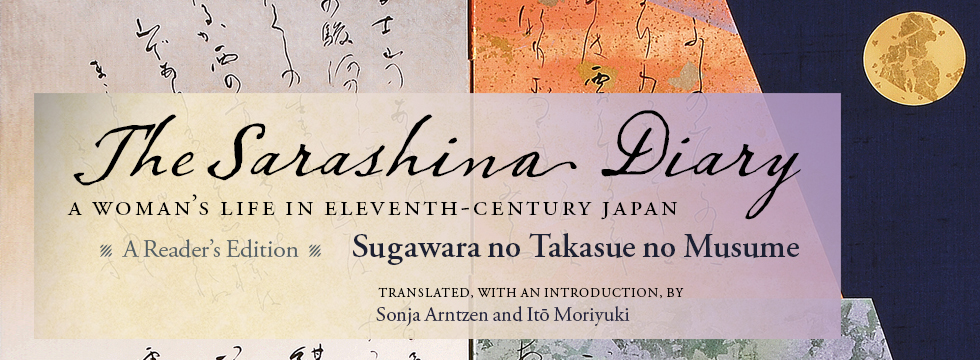Mark Teeuwen and Kate Wildman Nakai on Lust, Commerce, and Corruption

“What better way to explore the riches of Japanese society before its “opening” to the West than through this masterful translation of one of the most colorful social commentaries of the time? Student and scholar alike will treasure this volume.”
~ Daniel Botsman, Yale University
Our focus on translated works about crime and deception continues today with a look at Lust, Commerce, and Corruption: An Account of What I Have Seen and Heard —an anonymous Edo Samurai’s frank account on everything wrong with Japanese society. In this guest post, editors Mark Teeuwen and Kate Wildman Nakai discuss their translated edition of the book and its forthcoming sequel.
• • • • • •
A few years ago, Columbia University Press published a translation of an 1816 critique of Japanese society, titled Lust, Commerce, and Corruption: A Record of What I Have Seen and Heard, by an Edo Samurai. The author, who chose to hide behind the pseudonym Buyō Inshi, deplores the decay of the once-perfect world of Edo-period Japan and its descent into a warlike condition of escalating deceit and crime. His tract reads like an extended indictment of the corruption brought on by excessive wealth and the resulting vicious cycle of fraud and immorality.
According to Buyō, crime was the result of the victory of greed over honor and dedication to duty. This greed, in its turn, had arisen from the increasing “splendor” of the world, which led to the spread of extravagance. Ironically, what made this splendor possible were the achievements of the “Divine Lord” and founder of the Edo shogunate, Tokugawa Ieyasu, who two hundred years before Buyō’s time had ended the chaos of over a century of war and restored peace and order.
“Buyō observes that in a world full of greed and crime, the services of fortune-tellers and all kinds of priests and ritualists are much in demand.”
As the world prospered, Buyō argues, people abandoned the countryside and moved into cities, “because it is easy to do evil and rob others there.” The destitute in the provinces lead honest lives, eating bark if they must; but city dwellers have lost that capacity because they have become “familiar with a luxurious mode of life.” With the shrewdness that urban life teaches them, and uninhibited by the “bonds of mutual sympathy” that exist between villagers, they soon turn to crime. Buyō describes gangs of “troublemakers” who act as moneylenders and extortionists, run gambling dens, act as informers for the warrior authorities, and “steal others’ wives and concubines and use these women as bait to get their hands on others’ property.” Firemen called “steeplejacks” also acted as gangs who exploited the inhabitants of the city blocks that they regarded as their own turf. They doubled as construction workers and were always ready to commit arson to secure work—targeting those who refused to pay protection fees, or who employed workers who were not gang members. Then there were common thieves and purse cutters, who were so ubiquitous that the authorities had given up trying to control them.
Buyō observes that in a world full of greed and crime, the services of fortune-tellers and all kinds of priests and ritualists are much in demand. He notes with disgust that “dissolute scoundrels who have no scruples in swindling others” are thriving, at the expense of their ignorant clients. After all, he writes, “the buddhas and gods will simply ignore rituals that are inspired by greed”; they will not be moved by prayers said for a fee for the same reason that “a prostitute will not give you sons.” Religion inspired by greed and a yearning for personal glory, he warns, will end up driving people into the arms of Christians. Christianity had been strictly proscribed in Japan for close to two hundred years, its absence in principle guaranteed by measures such as the temple registration system. Everyone had to be registered as affiliated with a specific Buddhist temple, whose priest was supposed to check regularly on his parishioners and confirm that none harbored Christian tendencies. According to Buyō, however, “the current popular mood . . . in which people cheat and deceive others . . . and are attracted to strange occurrences” might well lead to the pernicious “Jesus sect ” bursting out again and destroying the country.
“This incident ended with six people identified as Christians being paraded through Osaka and crucified in 1829.”
Less than a decade after Buyō put down his brush, it seemed as though this dire prediction was coming true. In 1827, a group of alleged Christians was arrested in the cities of Kyoto and Osaka. The Osaka magistrate who oversaw the investigation noted that “the popular mood in this city is turning unswervingly toward greed; those who promote pernicious creeds may well take advantage of this.” The crackdown was necessary, he argued, because the situation could become irremediable if ordinary people became devotees of this evil creed.
This incident ended with six people identified as Christians being paraded through Osaka and crucified in 1829. A translation of documents about these events will soon be published as a sequel to Lust, Commerce, and Corruption. The core source in this volume will be the investigation file of the Osaka magistracy, including the testimonies of the six victims and reports on the questioning of many others who were implicated in some way or another.
“The modern reader is more likely to see resourceful women and men from society’s margins, struggling to survive in a world of few opportunities and many restrictions.”
Whether those investigated can truly be considered Christians is a moot point. Three of the six executed were middle-aged women who worked as fortune-tellers, mediums, and healers. They were widows who chose this profession so as to provide their own livelihood and avoid remarrying. Of the three men, two dabbled in divination while the last was a medical doctor who collected Western books. The women, and also the two male diviners, received initiations into the teachings and practices of what they termed the “Lord of Heaven,” but many of those practices might better be seen as derived from features of traditional popular religion. One of the six, a woman called Sano, offered clients a miraculous way to increase their wealth by entrusting it to the deity she served. When this Ponzi scheme collapsed, she was arrested; after months of interrogation, she divulged the name of her teacher, and the hunt for a coven of Christian conspirators began in earnest.
The “Christians” who died on the cross in Osaka embodied the worst fears of warriors like Buyō. Their “pernicious” practices raised such alarm because they symbolized the corruption that, according to many officials of the warrior regime, threatened to plunge the world into chaos and war once again. Reading the victims’ testimonies, one can only conclude that their practices seem a bad fit for such dramatic fears. The modern reader is more likely to see resourceful women and men from society’s margins, struggling to survive in a world of few opportunities and many restrictions. This makes the question why this case ended in such tragedy all the more intriguing.
If you enjoyed this post, enter our drawing for a chance to win a free copy of the abridged edition of Lust, Commerce, and Corruption. Or, save 30% on either edition when you order online using coupon code: CUP30!








